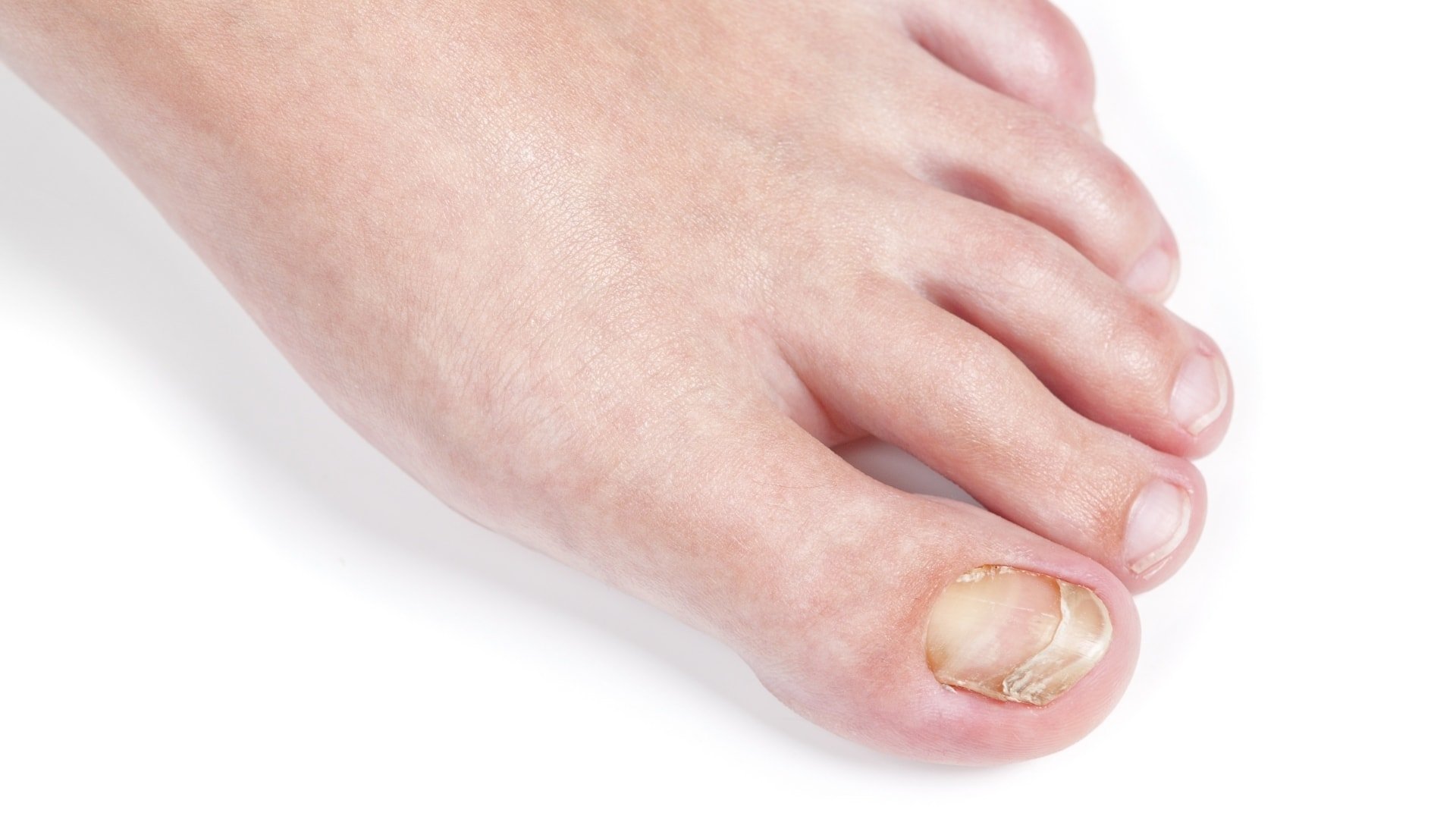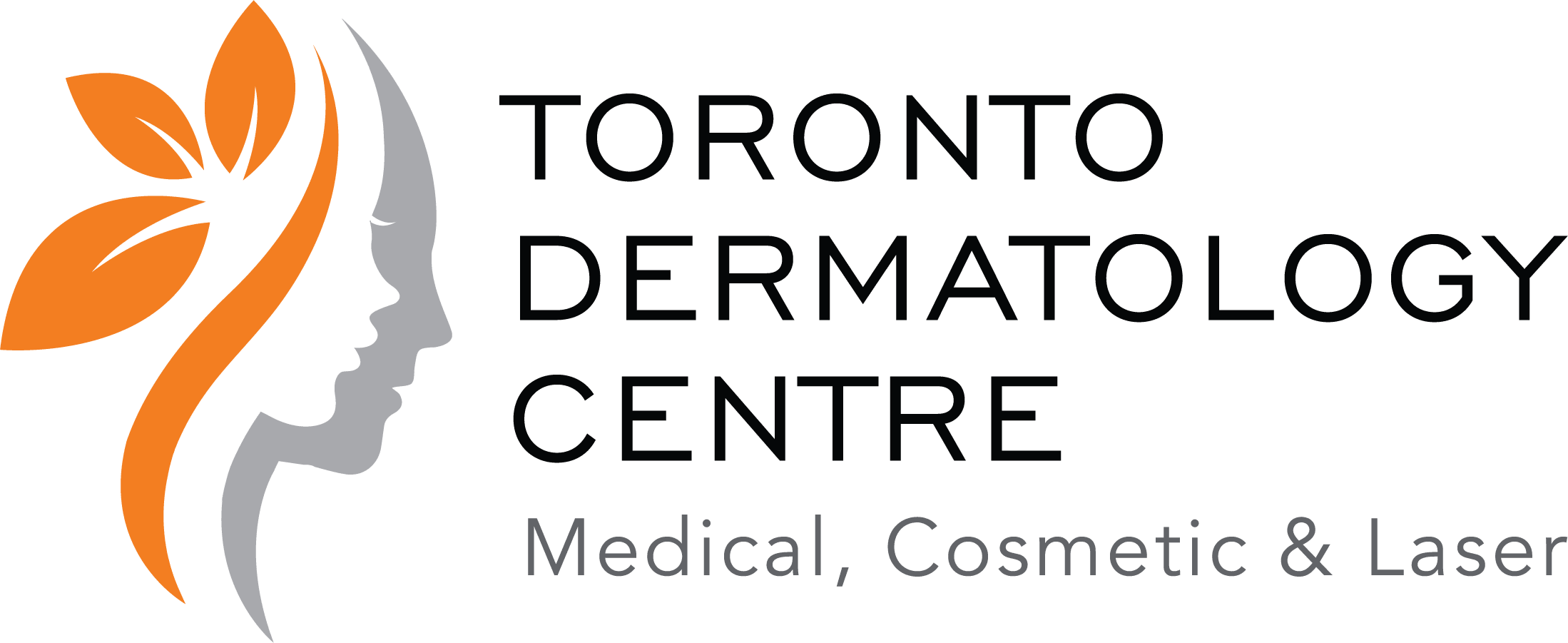The Toronto Dermatology Centre is one of the top places in Canada to manage your nail infections such as the fungal nail infection called “onychomycosis.” Our staff of outstanding dermatologists offer both a comprehensive assessment and diagnosis of your nails, and also discuss all the treatment options: creams & nail lacquers, pills, nail removal, and prevention.
What is a Fungal Nail Infection?
The most common infection of the nails is caused by an organism called fungus. Fungal nail infections, or onychomycosis, are more common on the toenails than the fingernails. It occurs in approximately 25% of people age 40, and 40% of older people. Nail fungus is characterized by thickened, discoloured and often deformed nails. It is essentially a cosmetic nuisance with no real risk to your health.
Diagnosis
A dermatologist may take or ask you to take samples from the nail in order to properly identify and treat the problem. The nail and scrapings from under the nail are sent to the laboratory, where it can take up to 4-6 weeks to culture and identify the nail fungus.
Treatment
Topical antifungal creams and lacquers may be used for nail fungus treatment , however, it is difficult for them to penetrate the nail; thus, they are used for early or mild nail fungus. Oral medicines like terbinafine (Lamisil) and itraconazole (Sporanox) are used and may require monitoring with blood tests. These are usually avoided in patients with a history of liver problems, such as hepatitis, and are not given to pregnant or nursing women. In general, toe and fingernail fungus usually requires pills except in very mild cases. It is important to make sure that you are not taking any other medications that may interact with the antifungal medication; often the pharmacist can check this for you.

Recurrence and Prevention
- Keep toenails cut short so as to minimize trauma or injury.
- Use an antifungal cream on the feet to prevent fungal infection of the foot (athlete’s foot).
- Use antifungal powder to control perspiration that may promote fungal infections of the feet.
- Be certain of the correct diagnosis by seeing a dermatologist.
- Wash and dry the feet properly.
- Do not share clippers and files.
- Avoid being barefoot in public facilities like locker rooms and pools.
- Never wear someone else’s shoes.
- Avoid wearing tennis shoes as regular shoes.
- Use antifungal sprays and powders in the shoes weekly.
Here is a selection of media and scientific articles by our renowned dermatologists Dr. Benjamin Barankin and Dr. Anatoli Freiman as they pertain to nail fungus. Toronto Dermatology Centre is proud to be among the largest treatment centres for nail fungus in Canada.
Toronto Dermatology Centre is located in Toronto, Ontario, and serves men and women in North York, Vaughan, Richmond Hill, York, Aurora, Thornhill, Mississauga, Scarborough, Brampton, Etobicoke, Pickering, Peterborough, Guelph, Kitchener, Oakville, Barrie and all of Greater Toronto (GTA).
Thinking of visiting Toronto’s premier skin clinic soon?
Fill out the inquiry form below and let us know your area of interest.
Call us today @ 416.633.0001
